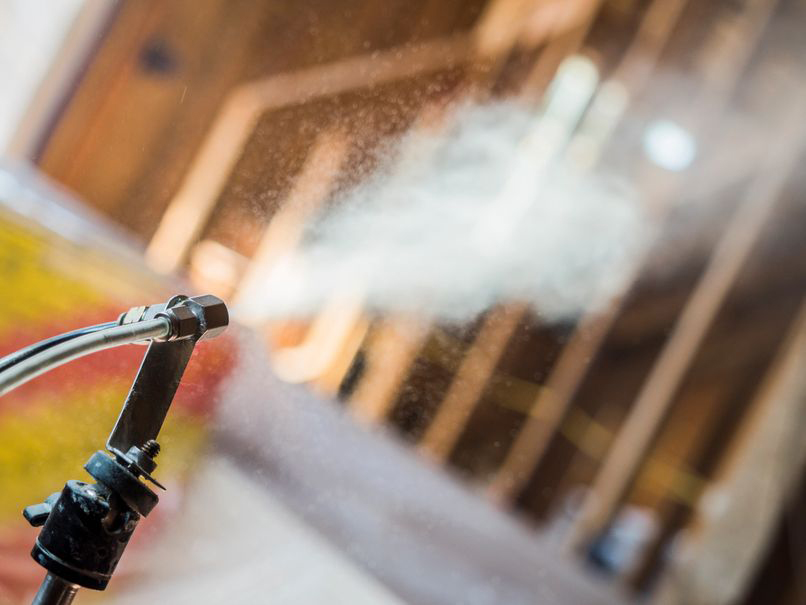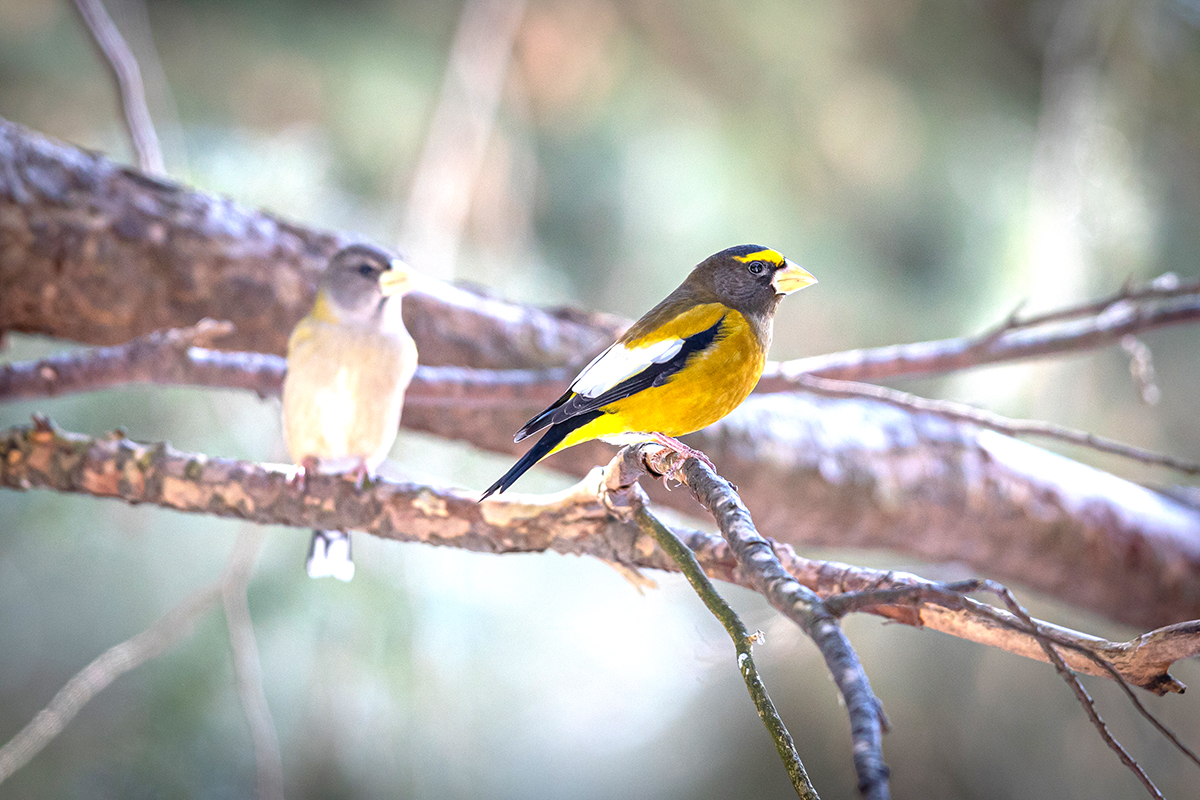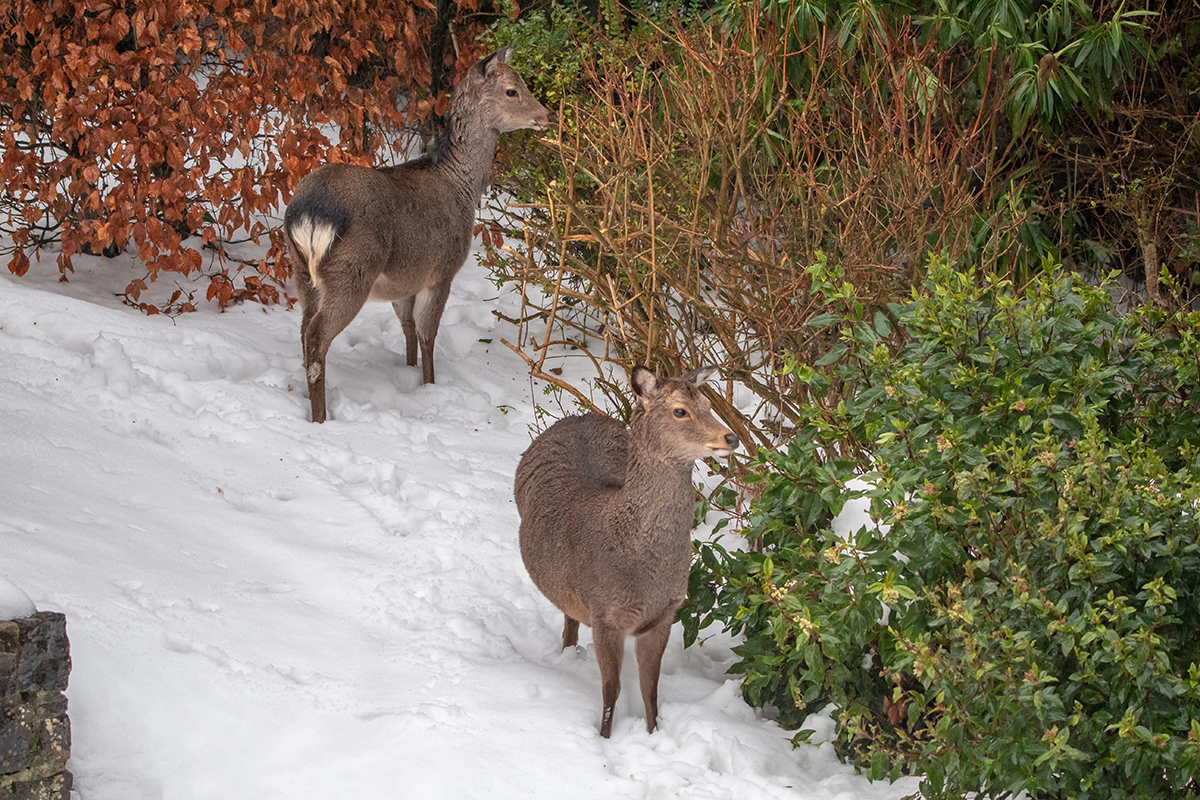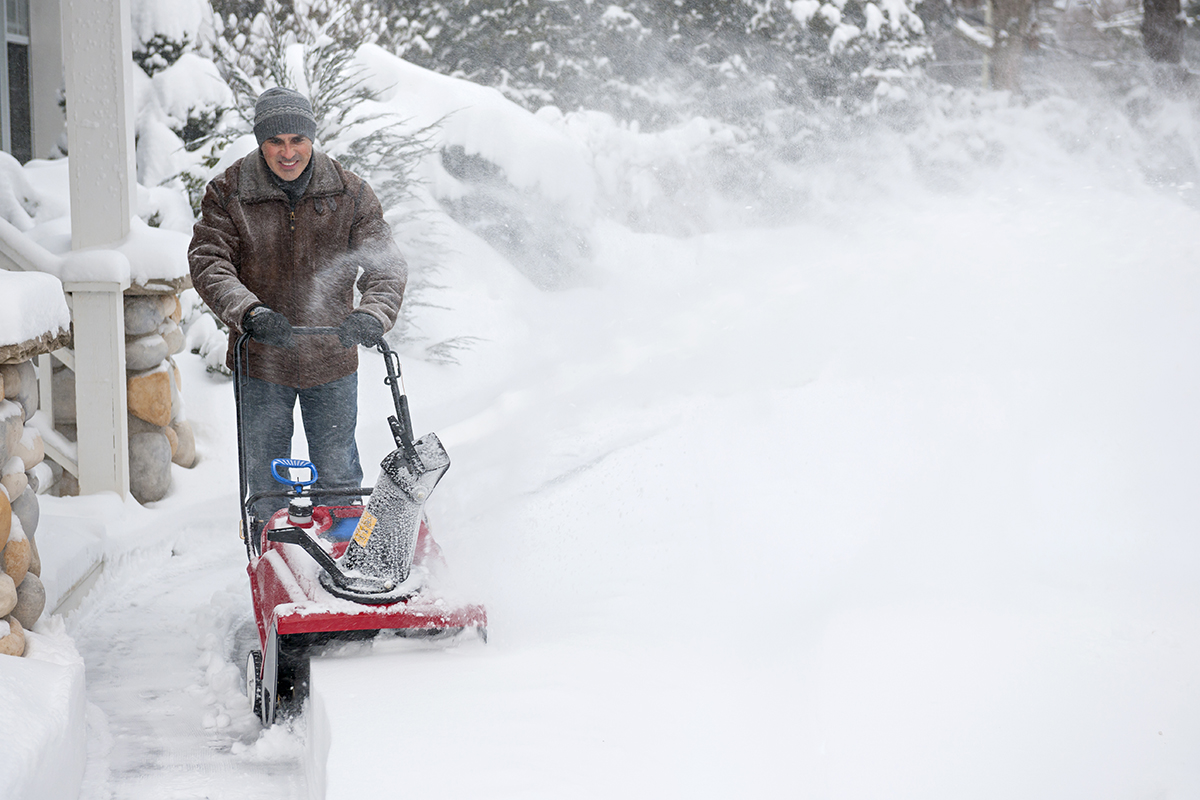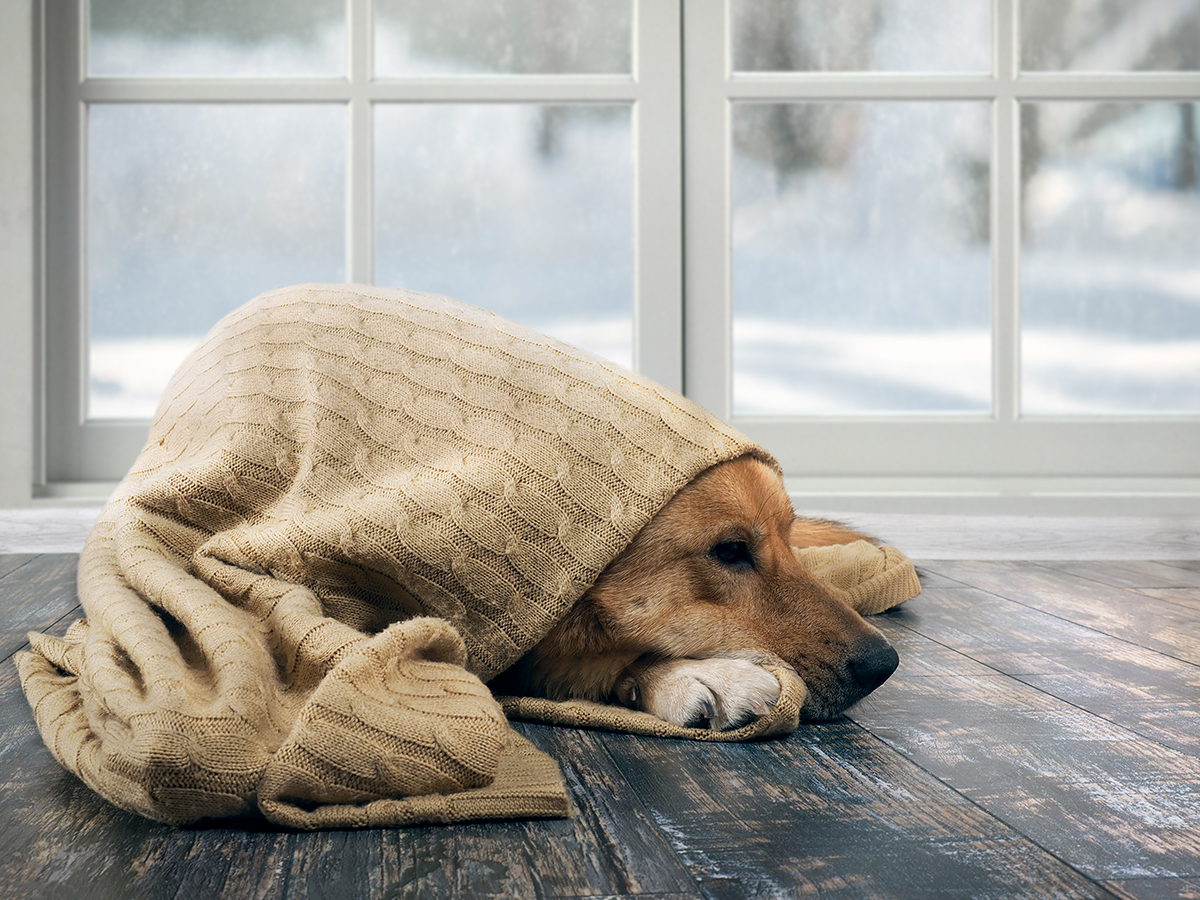WRITER | JULIE FORD
Getting a healthy jump on the spring landscape actually depends on what you do for your plants in the fall. No preparation leads to more work in the spring to bring perennials, shrubs, and lawn back to life. With a few basic fall care tips and a little bit of fun, you can feel confident your perennials, garden beds, and surrounding landscape will have a comfortable winter rest and a vibrant return.
Garden beds
Leaving dead vegetation as a ground cover can do more harm than good as pests can settle into the soil and return in the spring. After all vegetation is removed, add a two-inch layer of organic compost to improve the health of the soil. Resist the temptation to mix it in any deeper than with the top one inch of soil under the compost so that any solitary ground dwelling native bee larvae remains undisturbed – we need every pollinator. You’ll mix it deeply in the spring after the bees have emerged.
For a little bit of fun, plant a few fall bulbs like hyacinth and tulip around the bed. Chances are, you’ll forget you planted them and will have a nice surprise in the spring. You can either leave the bulbs or dig them up after all of the vegetation has died in the spring, then store in a mesh bag in a cool, dry place.
After planting the bulbs, it’s time to plant a cover crop of winter rye. Benefits include germination and growth in near-zero temperatures, winter rye can handle sub-zero temperatures, it helps the garden dry out faster in the spring, and you can till it in the spring (after the bees are gone) into the soil to replace nutrients.
Perennial beds
Water and weeding are key. Irises, for example, if left to succumb to weeds and just depend on nature for water, will likely not bloom again. You’ll think they are doing okay in the spring as the long leaves emerge, but no flowers will be sent forth as the rhizomes were simply overcrowded and stripped of nutrients needed for flowering.
Plants need about one inch of water per week during the growing season, and still need water until temperatures dip below 40 degrees Fahrenheit in the fall. Be sure to water in the morning so the water soaks into the soil; otherwise, root rot can occur. We often put the garden hoses away when we close the pool, but in Michigan, we can keep watering through early October.
If your perennials are free of disease, let them die back naturally and do not remove the dead plant material before winter. This leaves seed heads for birds to consume, stalks and leaves for pollinators to overwinter within, and gives every ounce of energy that plant produced, back into its roots.
Next, mulch three inches around your perennials after the first hard frost to keep them protected and insulated during winter. Types of natural mulch include chopped leaves, sawdust, grass clippings, cedar chips, and pine needles. It’s always exciting to see the first daffodil push through the soil, but not if it’s February during an odd warm spell. Mulch can help with the confusion and keep plants tucked in until it’s truly time to emerge.
Shrubs and trees
If you have selected shrubs and trees that are determined hardy for our USDA Plant Hardiness Zone in Michigan of 4a to 6b (think Western UP to the warmer microclimates along Lake Michigan), then there isn’t much more to do than water an inch per week until the first freeze, if fall has been particularly dry.
But depending on where you live, you may want to place barriers around the base of your shrubs and trees for a couple of reasons. Deer can make an unsightly mess of arborvitae, for example, by eating from the bottom of the tree to as high as their teeth can reach. Arborvitae is the go-to for living fencing with lush evergreen foliage, but once deer have dined on the foliage, it will not grow back.
Other plants such as boxwood, rhododendron, hemlock, and yew can benefit from a windscreen with sturdy posts and wrapping material. You’ll need to set the posts before the ground is frozen and wait to wrap burlap around the posts until late November or December.
Lawn
Mow the lawn one last time, aerate it, apply winterizing fertilizer, and reseed any bare spots. This should occur sometime in late October/early November, when the grass is still green but no longer growing.
With most of these winterizing activities occurring in October, it may help to schedule each area on the family calendar throughout the month to minimize feeling overwhelmed. And as you prepare the beds and landscape in the fall, keep thinking about how beautiful it will emerge in the spring because you took the time to help it through the winter.




